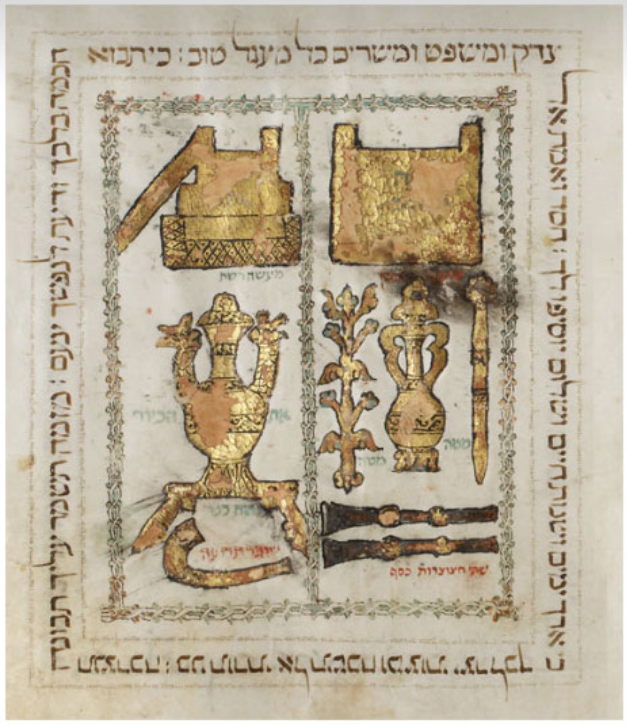Ktiv: The International Collection of Digitized Hebrew Manuscripts
 Summary: “Ktiv: The International Collection of Digitized Hebrew Manuscripts” is a ground-breaking initiative to enable global centralized digital access to all existing Hebrew manuscripts. The site is the largest of its kind, one of the largest digital collections of manuscripts in existence. Images are preserved long-term using state-of-the-art technology, and the catalogue including some 85,000 Hebrew manuscripts is accessible using innovative search and discovery tools.
Summary: “Ktiv: The International Collection of Digitized Hebrew Manuscripts” is a ground-breaking initiative to enable global centralized digital access to all existing Hebrew manuscripts. The site is the largest of its kind, one of the largest digital collections of manuscripts in existence. Images are preserved long-term using state-of-the-art technology, and the catalogue including some 85,000 Hebrew manuscripts is accessible using innovative search and discovery tools.
Type of Project: The documents come collections in around 1200 institutions around the world.
Countries Involved: Many (around 1200 partners in total)
Website: ktiv.en.nli.org.il
Detail
[Website] | [Description] | [Partners] | [Duration] | [Access to Data and Documents] | [Volumetry]
Website
Description
In 1950 the first Prime Minister of the state of Israel, David Ben-Gurion, founded the Institute of Microfilmed Hebrew Manuscripts, with the goal of saving Hebrew literature. Experts were sent across the world to find and reproduce with permission Hebrew manuscripts that could not be physically brought to Israel. Ultimately, an estimated 90% of all Hebrew manuscripts existing in the world were collected and held in original or microfilm form at the National Library of Israel in Jerusalem.
Ben-Gurion's vision is now moving into the digital age with “Ktiv: The International Collection of Digitized Hebrew Manuscripts”, a ground-breaking initiative to enable global centralized digital access to all existing Hebrew manuscripts. Ktiv is a joint venture of Albert D. and Nancy Friedberg through FJMS and the National Library of Israel, in cooperation with the Israeli Ministry of Jerusalem and Heritage's Landmarks project. The site is the largest of its kind, one of the largest digital collections of manuscripts in existence.
Millions of images from dozens of leading collections across the globe are already available on the Ktiv website. Images are preserved long-term using state-of-the-art technology, and the catalogue including some 85,000 Hebrew manuscripts is accessible using innovative search and discovery tools.
Partners
- National Library of Israel, Israel
- The Friedberg Jewish Manuscripts Society
- Bibliothèque nationale de France, France
- The British Library, United Kingdom
Duration
- 5 years (2014-2018)
Access to Data and Documents
Materials are available under the terms of use defined by the collection holding the original manuscript.
Metadata is available for consultation on an online catalogue, and available for reuse for free.
Volumetry
Around 90 000 documents, 8 000 000 pages